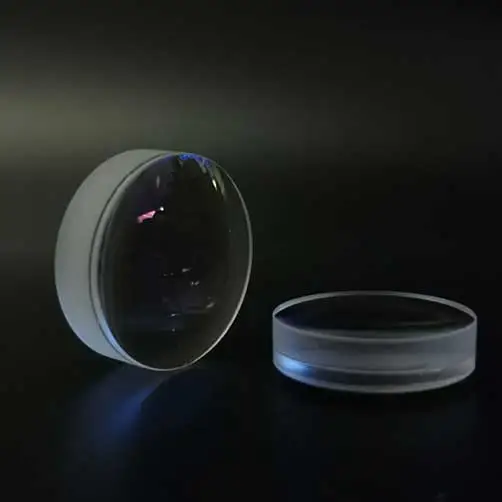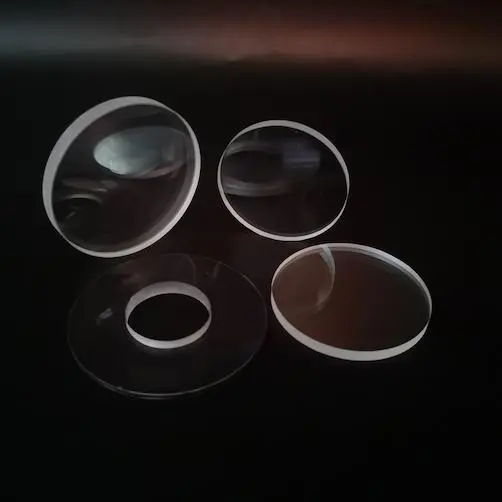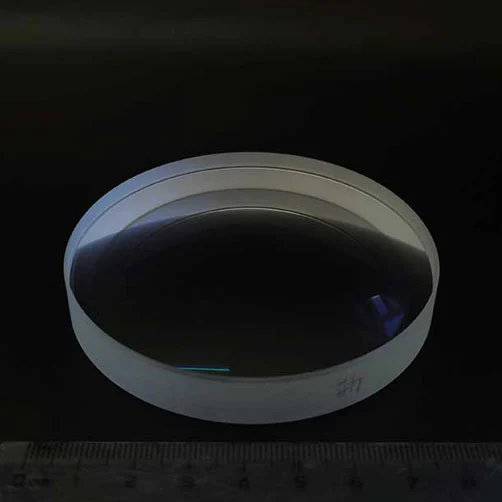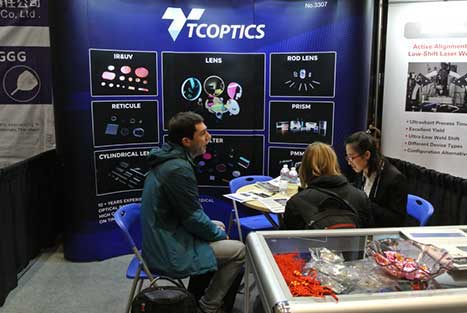
There are two meanings of "lens" in film and television. One refers to the optical component made up of multiple lenses used to generate images for film cameras and projectors. Different types of lenses have different characteristics and are used for various photography styles, forming optical expression techniques. The other meaning refers to a continuous shot taken from the start to the end of filming or the segment between two cuts. To distinguish between the two meanings, the former is often referred to as an optical lens, and the latter as a lens image.
The primary function of a lens is to collect light reflected from the subject and focus it on the CCD. The projected image on the CCD is inverted, but the camera's circuit has a reverse function, and its imaging principle is the same as that of the human eye.
Lenses can be classified according to focal length, focal length digital size, aperture division, and lens expansion and adjustment.
According to focal length, there are fixed-focus, telescopic, automatic aperture or manual aperture types.
According to the numerical size of the focal length, there are standard lenses, wide-angle lenses, telescopic lenses, etc.
According to the aperture, there are fixed aperture, manual aperture, and automatic aperture types.
According to the lens expansion and adjustment method, there are electrically operated telescopic lenses, manually operated telescopic lenses, etc.
The number of lenses used: The combination of different types of lenses can reduce chromatic aberration, improve focus, etc., but it also reduces light transmittance.
Lens transmittance: Good lenses have high transmittance and are expensive, while poor lenses tend to block light.
Coating and grinding: The lens coating and grinding technology affect the quality of the lens.
Mechanical device: The precision of the mechanical structure inside the lens affects the accuracy and reliability of lens movement. Poor-quality mechanical structures can result in adjustment errors and inconsistency.
In monitoring environments that do not require infrared light assistance, regular lenses can be used. To achieve ideal monitoring results in environments that require infrared light assistance, IR lenses should be used. Of course, regular lenses can also produce images under infrared light assistance, but the image will be blurry, which I believe everyone has experienced.
The two types of lenses have different prices. Professional-grade IR lenses are several times more expensive than regular lenses because they produce clear images during the day and at night, yielding better results and higher prices.
The reason for the significant difference in performance and price between the two types of lenses is that glass has different refractive indices for light waves of different wavelengths. At present, regular lenses on the market can converge light waves that differ by about 250nm to the same plane, resulting in clear images in the 430-650nm or 650-900nm range. This is why regular lenses may be clear during the day but blurry at night, or clear at night but blurry during the day.
Professional IR lenses are made with special lens materials and can converge light waves in the 430-900nm range or even longer to the same plane, resulting in clear images day or night. Due to their special lens material, they are naturally more expensive.



